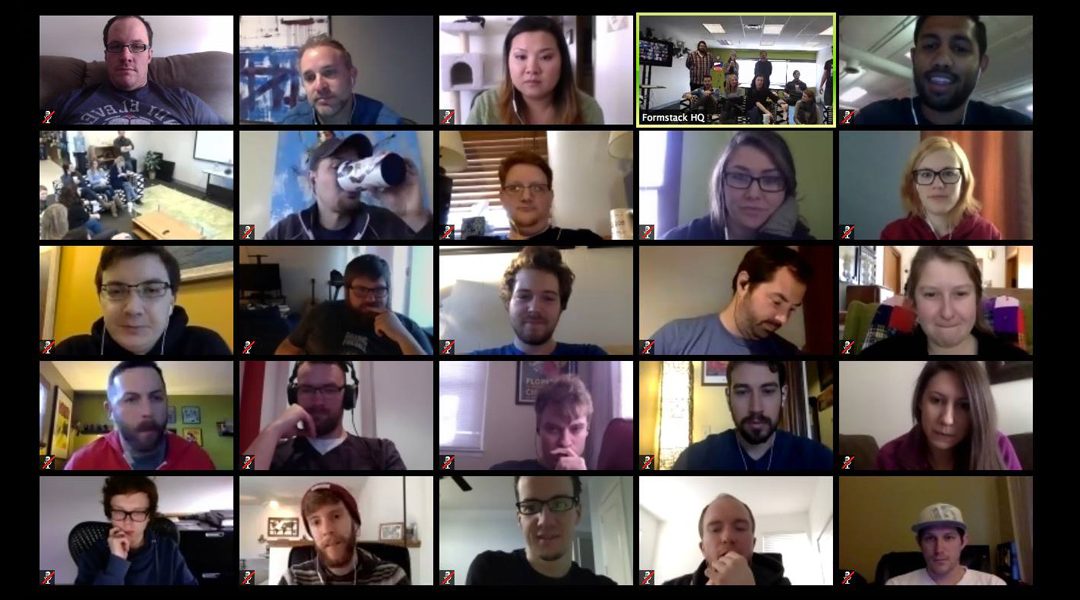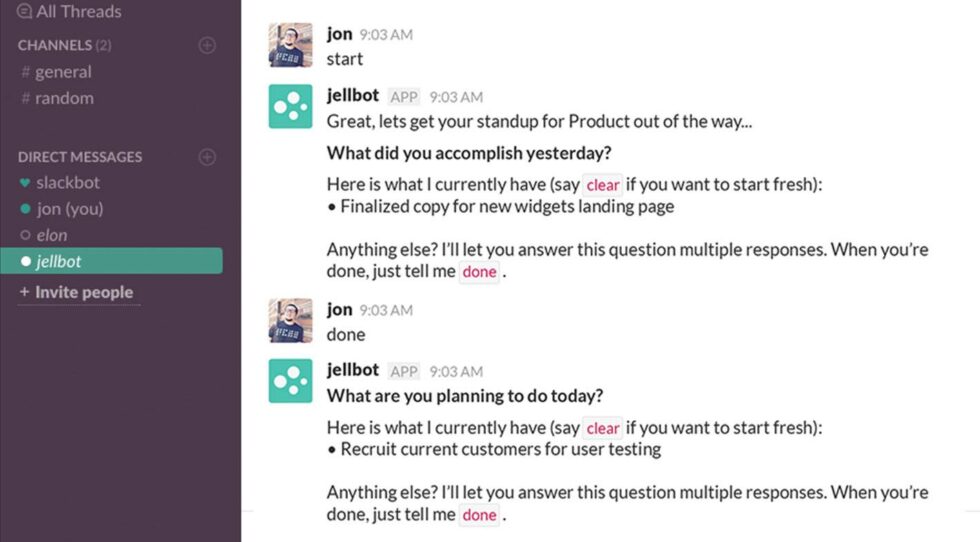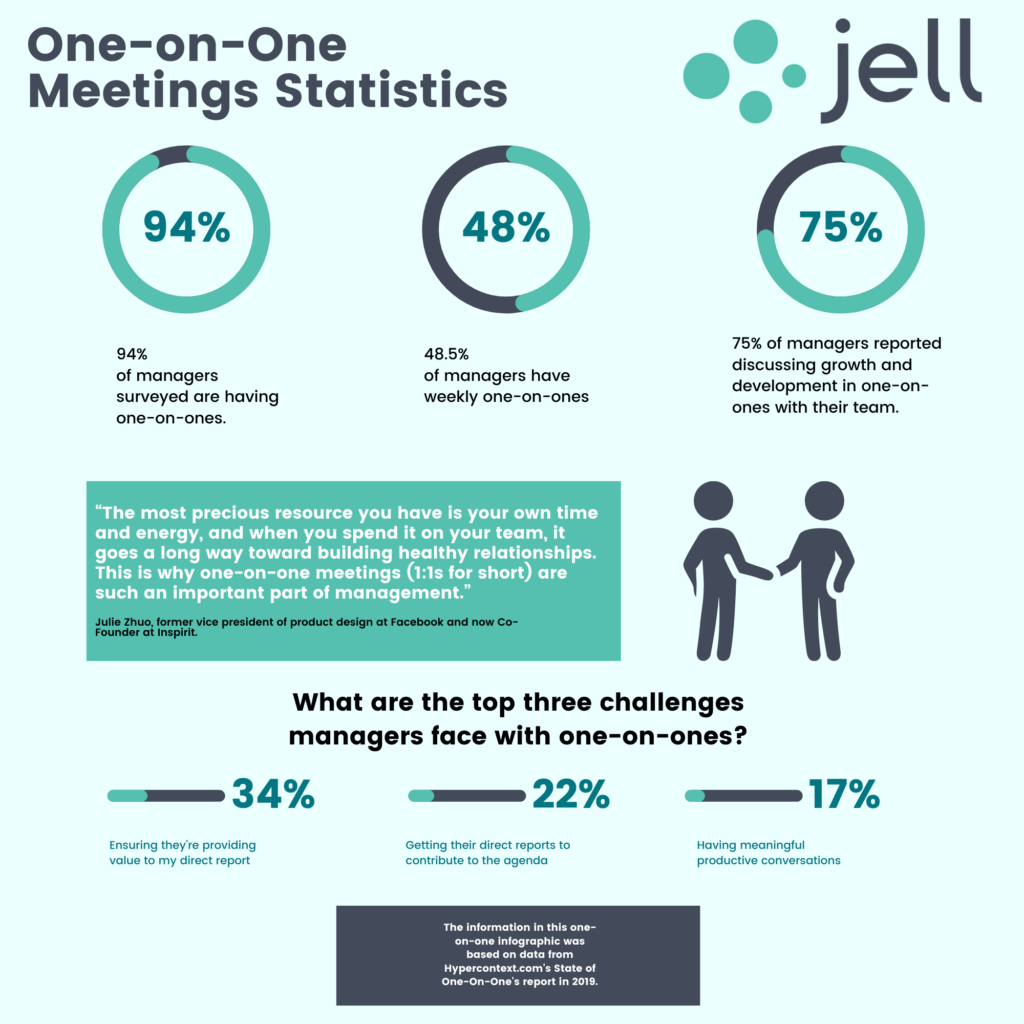
Camaraderie in the workplace is impossible to achieve without a fully developed company culture.
True company culture—the kind that’s studied, scrutinized, and shaped into clearly-communicated core values—is what separates a business that stays afloat from one that rides the waves of success.
Culture is what divides the Kip Tindells and Shake Shacks of the world from the John Chambers and Wal-Marts. It has the power to attract brilliant employees and keep them engaged and inspired—or send an already-revolving door into an endless tailspin.
It can make or break a business.
While defining core values is essential to the success of any business, it becomes critical when your employees work remotely.
It’s one thing to strengthen a foundation when water coolers down the hall and water holes around the corner. But splitting your employees over several states or countries and maintaining a sense of shared values can be a real challenge.
And that’s why it’s important to not lose your sense of camaraderie in the workplace with your remote teams.
Use our tried-and-tested tactics if you’re looking for creative ways to help remote employees feel invested and engaged.
Daily Standups, Check-ins, & OKRs.
14-day free trial. No credit card required.
Related Articles
What Everyone Gets Wrong About Working Remote
10 Stats That’ll Change the Way You Think About Remote Work
Remote Work Culture – Why does remote work fail?
What are the biggest challenges to managing remote teams?
Camaraderie in the workplace is imperative to building a culture that attracts the best candidates. But what are the challenges managers face when confronted with building camaraderie?
Challenge 1: Communicating like you’re in the office together
No matter where your employees live in the world, if you run a remote team, you’re going to need to know how to communicate with them. Without communication tools, how else can you connect with them? Last we check, snail mail won’t work, and neither will carrier pigeons.
The two most popular communication platforms are Slack and Microsoft Teams, with Teams having a slight advantage due to enterprise solutions.
Communication tools
Slack

Slack is a workplace communication platform that connects users worldwide with the right tools to communicate and collaborate. Slack features dedicated channels for individual departments, topics, projects, and more. It also offers direct messaging for individuals within your organization or Slack Connect to DM (direct message) Slack users outside of your organization. For live conversations, there are Slack Huddles and private video conferencing abilities. All history is searchable in all channels, including indirect messages and group chats. With over 2,200 integrations, you can receive streamline your daily tasks like inviting your employees to view or edit a Google Drive document or inviting them to a Google Calendar event.
Microsoft Teams

Just like Slack, Microsoft Teams is also a communication application. Unlike Slack, it doesn’t have a free version so it’s not ideal for freelancers or solo users. Many businesses prefer to use Teams over Slack due to its enterprise-level features and also it’s inclusion with Microsoft365 and Office 365, which many workplaces still use. It uses channels that serve as conversation boards between employees, a basic chat function for groups, teams, and individuals, video calling, screen sharing, online meetings, and a lot more. Taking it one step further, Microsoft Teams also has its own VoIP system called Microsoft 365 Business Voice (though it requires additional licensing).
Now, let’s look at a few more challenges to building camaraderie in the workplace.
Challenge 2: Tracking employee productivities
Some managers don’t know how much work their team accomplishes in a given week. Many managers dole out tasks to their employees without checking back in with them by the end of the week. It’s difficult for these managers to determine who the best and also weakest performers are. That’s why remote managers need to track employee productivity data week to week. That’s one reason why we created Jell.

Integrating with both Slack and Teams is Jell. Jell gives you the tools to communicate goals and see them through with your team. For example, with Daily Standups, you can check in on what your team is working on and note any blockers getting in their way. In addition, Jell lets your employees submit their standup questions at their own pace and during their own work time and sends you an update any time they submit their answers.
Jell does differently from other companies with daily standup features to let you customize every part of your experience. Choose any day or time to send out your standup questions, configure whichever questions you want, and select if you wish to text-based, list, multiple-choice, or number style questions. Not every team is built the same, and we know that, so we let you control how to manage your daily standups.
Jell also allows you to check-in with your team with our weekly recap feature. It’s one of the most common use cases for check-ins. At the end of the week, employees recap their week with their accomplishments, updated statistics, and reports.
 With Jell, you can keep track of your employees’ day-to-day tasks.
With Jell, you can keep track of your employees’ day-to-day tasks.
If you aren’t sure, you can try it free today. Our Starter package is only $4 per user per month, billed annually.
With Jell, you can regularly evaluate your remote team’s productivity, regardless of how or where your team works.
Challenge 3: Creating a company culture that sticks
If you own a business in the 21st century, there’s no way you haven’t heard the term company culture. Company culture is what makes a company unique. It’s the fruit in a jam; it’s the yeast in the bread; it’s the milk in the milkshake. Without culture, there would be no basis of values to execute consistent decisions. Culture is what gives your company a brand persona.
Think of it like this: when you were a child, your parent told you not to steal–what kept you from stealing? You were taught a value system from your parents at a young age, and it became a part of the decision-making process. As a result, you don’t steal because you know it’s not in your values.
This means hiring employees that match what you believe in in the corporate world. In addition, remote teams need a strong sense of culture since they only have the binds of the internet to tie them together.
For example, suppose you want to nurture a culture of open communication. In that case, that means you need your employees to communicate openly with their team, available on the communication tools you choose for your company.
Creating a company culture requires a plan and starts from the top down. How upper management reacts with their lower-tiered employees builds culture.
Challenge 4: Getting everyone in the meeting at the same time
Just like with communication, trying to schedule a time where your entire team can meet is near impossible with globally remote teams. For example, an employee in India might not appreciate a noon meeting in Eastern Standard Time. That’s why it’s imperative to find a solution to work with conflicting schedules.
There are ways to make the scheduling process less stressful. Slack and Teams both integrate with Google Calendar so you can easily schedule dates and times when your entire team is available. Apart from that, you can use Jell because of its ability to help your employees check in with one another and set goals asynchronously.
Challenge 5: Meeting in person
In a remote work environment, you may be thinking, “why would I need to corral my employees in one city when we can all work together in different cities?” That’s a fair question, but it’s not considering that remote work can feel depersonalized. Getting together in person changes that because it puts a physical 3D face to a name. Some people-first companies like Zapier take their employees on a retreat 1-2 times a year. While that may not be in the budget for you, you can encourage team members living close to visit one another or really take a look at your budget for the next year to see how much it will cost you to make this happen.
Challenge 6: Regular one-on-one meetings with your employees
One-on-one meetings build morale and trust. While it might seem like a lot for a manager to catch up with every employee, it’s necessary. For example, if a problem arises at work with an employee, like low productivity or burnout, you can talk about it in the one-on-one meeting and devise a plan to improve the behavior.
These one-on-one meetings make employees feel like they have a voice in the company and feel their work is recognized. Employees want to know where they stand, and these meetings will help build trust in the workplace. So, people don’t leave jobs; they leave managers. So, be that manager they need by showing up for them.

We’ve addressed some of the challenges to building camaraderie in the workplace, but how about a few tips to get you started on making it?
How to Build Camaraderie in the Workplace
Find Time to Kick Back
With so many studies showing how engaged and productive the average remote worker tends to be, it’s important to provide opportunities for remote coworkers to interact in meaningful ways. Sometimes that means a weekly scrum. Other times call for a casual happy hour.
At Formstack, where Jell was founded, chat rooms are dedicated to topics other than business: music, fantasy football, TV shows, and even a catch-all “water cooler.” And we’ve found that encouraging employees to grab a beer before joining a casual digital get-together is genuinely one of the easiest, most effective ways to foster camaraderie.
Plan Killer Meetups
It’s no secret that many employees have come to view “company retreat” as an oxymoron. Despite the bad rap they’ve earned, as we talked about above, regular meetups can be a highly effective way for remote teams to regroup and renew a passion for collaboration.
You just have to get a little creative.
Once we committed to remote work, it didn’t take long to realize how massively important it is to unite work-from-home employees with their in-office coworkers. A few years later, we’ve hit a bit of a groove: Once a year—more for each departmentalized team—we get all hands on deck for team-building activities, and work sessions staff actually enjoy.
Depending on your team and the nature of your work, that might mean anything from comedy improv and cooking lessons to nature hikes and skeet shooting. (Seriously. Don’t knock it ’til you try it.)
We’ve discovered that periodically bringing the entire company together in one physical location can go a long way when it comes to building relationships and stepping back to talk about big-picture issues.
Give Remote Workers a Voice
Because remote employees tend to be happy, engaged, and creative, their collaborations often lead to a significant side effect: growth.
Not the slow and steady kind, but rather the variety of double-digit staff and revenue increases that tend to come on at a fast and furious pace. When a small startup expands in this way, it can be easy for employees to get unintentionally lost in the shuffle—even more so when their interactions with your company are remote.
Our recommendation? Give your remote employees a voice. Introduce them on your blog, recruit them to help plan your meetup, encourage them to contribute creative ideas, and involve them when it comes time to set department goals.
Make Remote Standups a Natural Part of Each Day
SMART daily standups are one of the best ways to improve communication among remote teams and keep project timelines on track—all without adding yet another meeting to the calendar. Simply ask your team to start each weekday by quickly answering three key questions…
- What did you accomplish yesterday?
- What are you planning to do today?
- What challenges stand in your way?
…so together, you can set goals and measure success. This approach can be very effective for individual departments as well as leadership teams.
There’s no doubt that remote work is the wave of the future, as long as growing businesses find creative ways to bring company culture along for the ride. But company culture isn’t all a business needs to thrive. With proper communication tools, tracking employee productivity and work progress, and regular one-on-one meetings, managers can ensure they’re set up for the best success.
